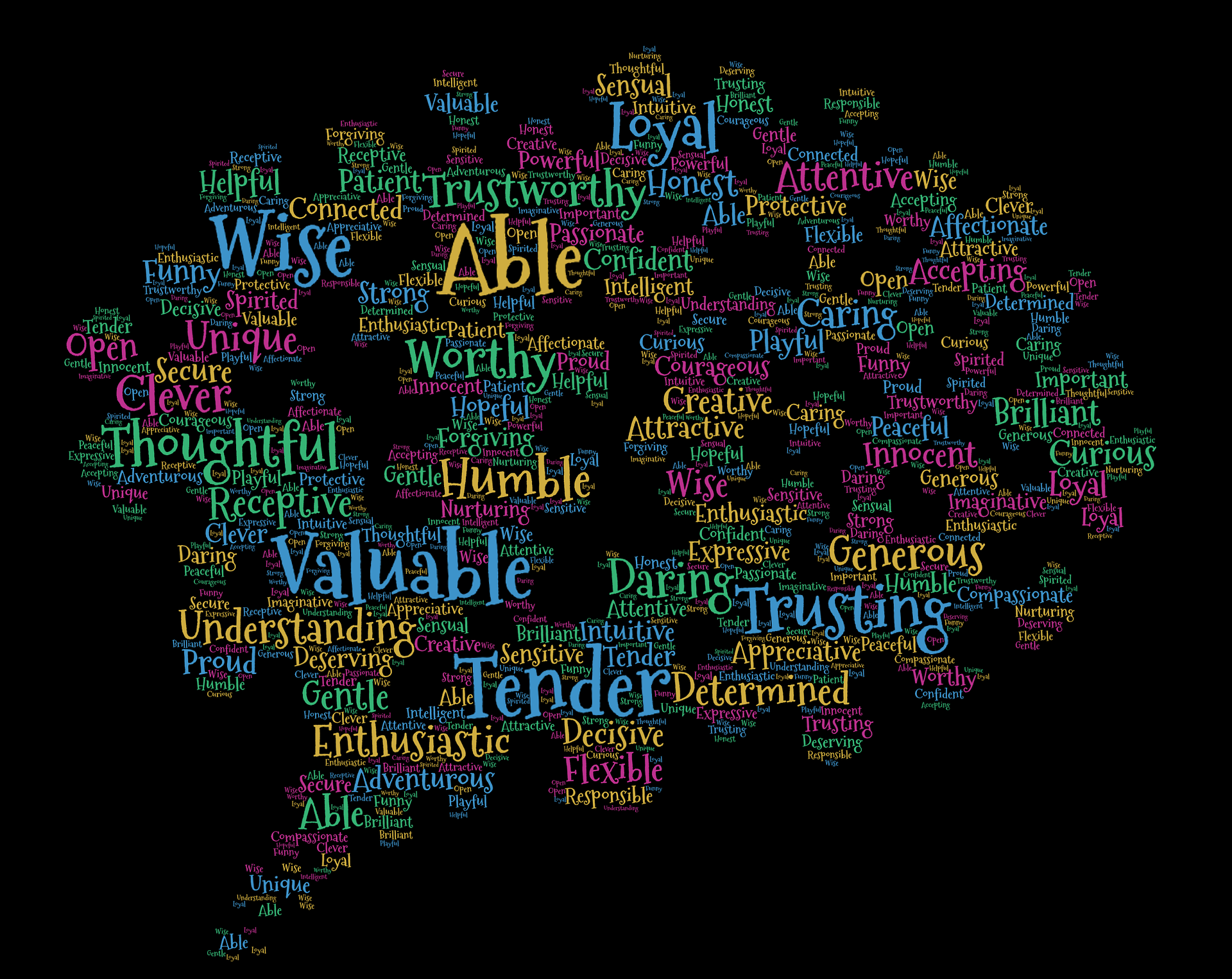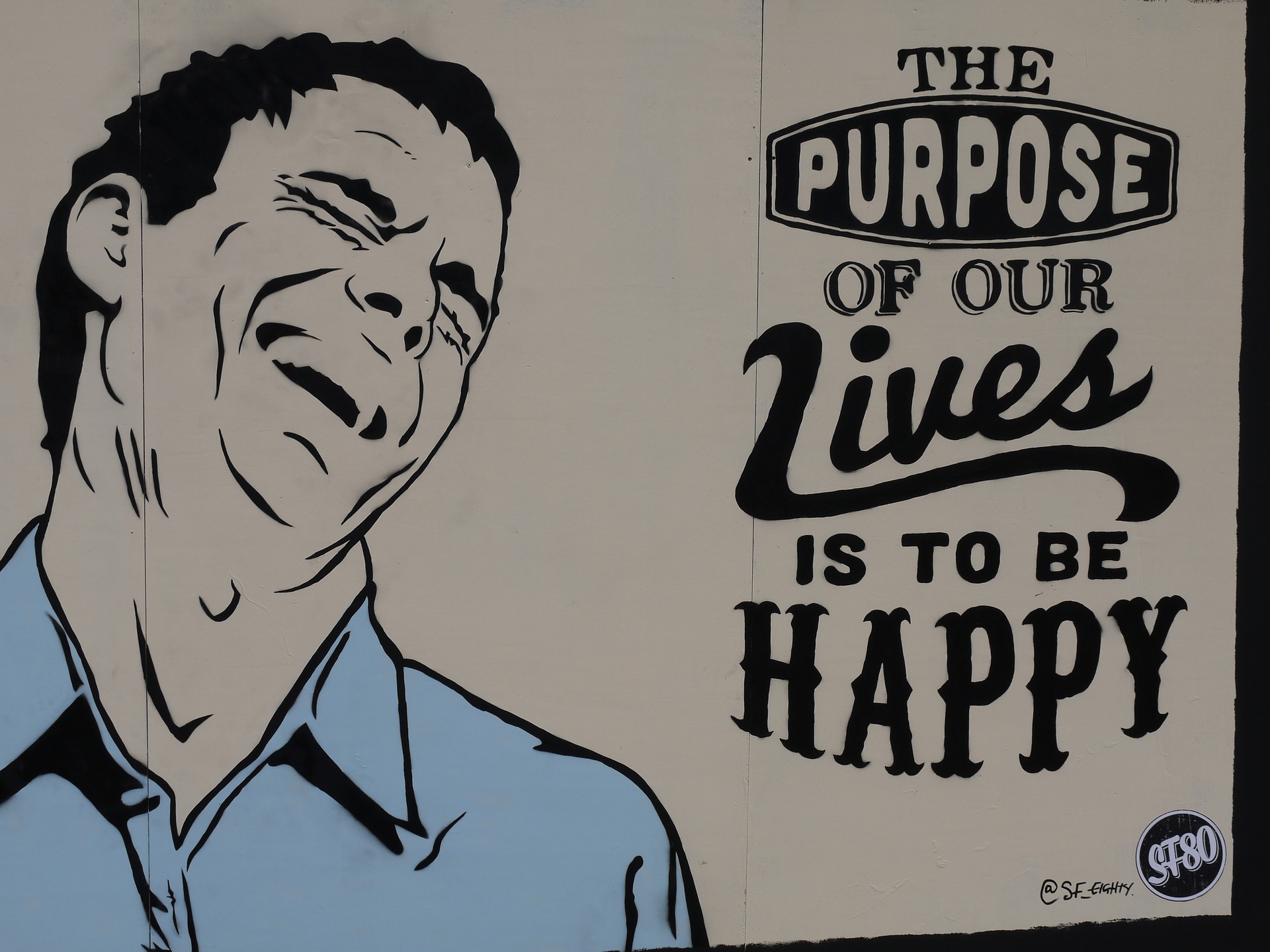
2022 – Practice Cognitive Restructuring as you Change Negative Thinking
What Is Cognitive Restructuring?
Cognitive restructuring is a useful technique for understanding unhappy feelings and moods, and for challenging the sometimes-wrong “automatic beliefs” that can lie behind them. As such, you can use it to reframe the unnecessary negative thinking that we all experience from time to time.
Cognitive restructuring is a group of therapeutic techniques that help people notice and change their negative thinking patterns.
When thought patterns become destructive and self-defeating, it’s a good idea to explore ways to interrupt and redirect them. That’s what cognitive restructuring can do.
How to Use Cognitive Restructuring
Follow the steps below to use the cognitive restructuring technique.
This framework is based on the 7-Column Thought Record by Christine A. Padesky, from the book “Mind Over Mood,” which is well worth reading for a deeper understanding of this technique.
Step 1: Calm Yourself
If you’re still upset or stressed by the thoughts you want to explore, you may find it hard to concentrate on using the tool. Use deep breathing to calm yourself down if you feel particularly stressed or upset.
Step 2: Identify the Situation
Start by describing the situation that triggered your negative mood.
Step 3: Analyze Your Mood
Next, write down the mood, or moods, that you felt during the situation.
Here, moods are the fundamental feelings that we have, but they are not thoughts about the situation. Drs Greenberger and Padesky suggest an easy way to distinguish moods from thoughts: you can usually describe moods in one word, while thoughts are more complex.
For example, “He trashed my suggestion in front of my co-workers” would be a thought, while the associated moods might be humiliation, frustration, anger, or insecurity.
Step 4: Identify Automatic Thoughts
Now, write down the natural reactions, or “automatic thoughts,” you experienced when you felt the mood. In the example above, your thoughts might be:
- “Maybe my analysis skills aren’t good enough.”
- “Have I failed to consider these things?”
- “He hasn’t liked me since…”
- “He’s so rude and arrogant!”
- “No one likes me.”
- “But my argument is sound.”
- “This undermines my future with this company.”
In this example, the most distressing thoughts (the “hot thoughts”) are likely to be “Maybe my analysis skills aren’t good enough,” and, “No one likes me.”
Some people find it helpful to journal as part of the process. Even if you aren’t sure at first what’s caused your anxiety or sadness, writing down your thoughts may help you recognise a cognitive distortion or pattern.
Step 5: Self-monitoring
To change an unproductive thought pattern, you have to be able to identify the error you’re making. Cognitive restructuring depends on your ability to notice the thoughts that spark negative feelings and states of mind.
It’s also useful to notice when and where the thoughts come up. It may be that you’re more vulnerable to cognitive distortions in certain situations. Knowing what those situations are may help you prepare in advance.
For example, if you’re a student who has trouble with anxiety, you might notice a pattern of catastrophizing in testing environments. Maybe your pattern goes something like this: I am absolutely going to fail this test, and fail the course, and not be able to graduate with everybody else. Everyone is going to know I’ve failed.
Knowing that vulnerability exists can help you catch your negative thought and change it before it gets the better of you.
As you practice self-monitoring, you’ll likely start noticing distorted thought patterns more quickly.
Sources: www.mindtools.com and www.healtline.com






